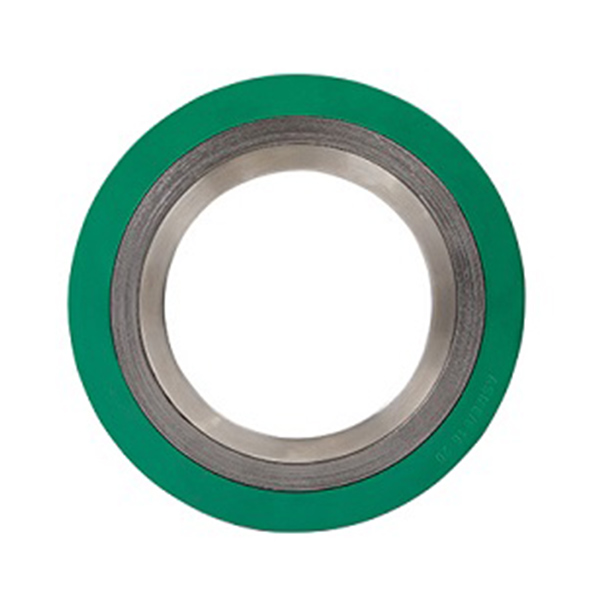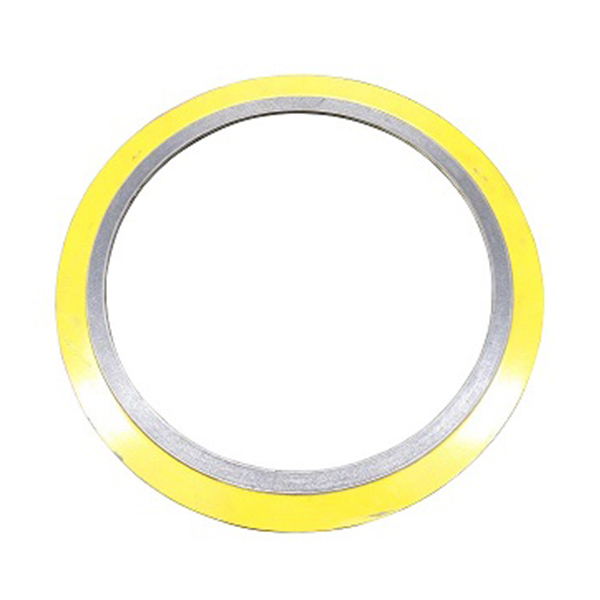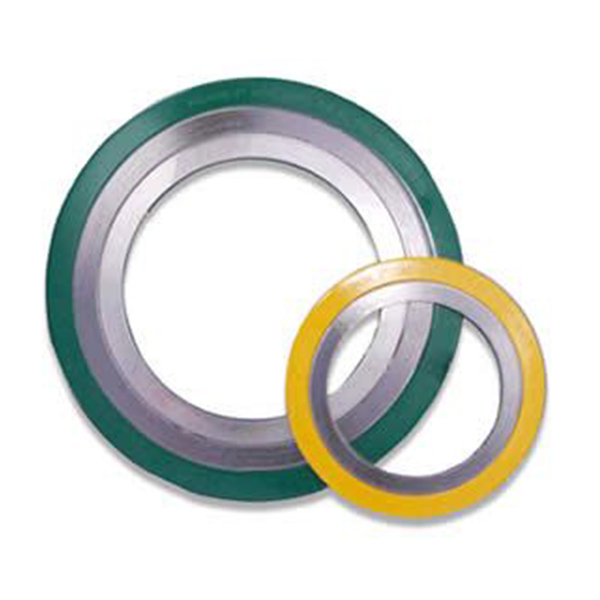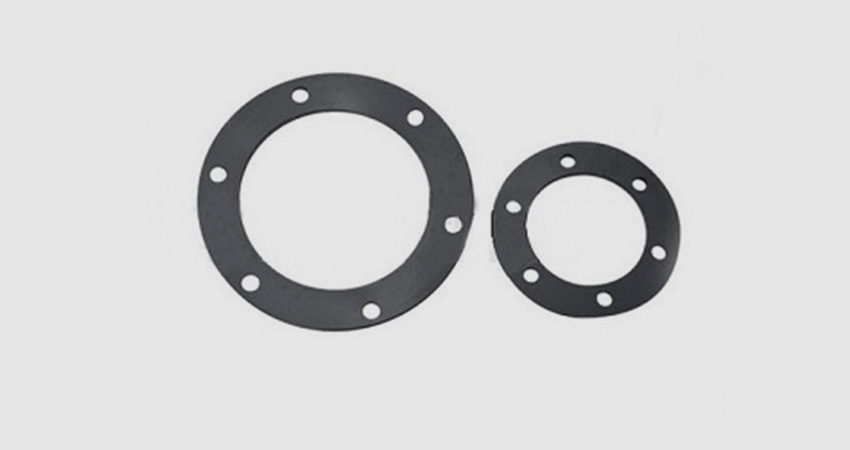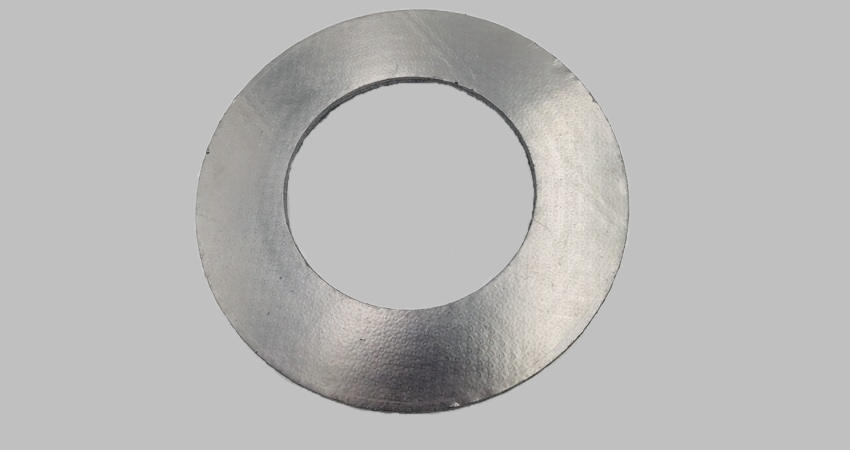Carbon Fiber Packing
What is Carbon Fiber Packing?
Carbon fiber packing, often referred to as carbon fiber braided packing or carbon fiber gland packing, is a high-performance sealing material used in demanding industrial applications. It is engineered from high-purity carbon fibers, which are braided into a durable, flexible rope-like form. This material is designed to handle extreme conditions, including high temperatures, aggressive chemicals, and intense pressure, making it an ideal choice for pumps, valves, mixers, and other rotating or reciprocating equipment. The unique properties of carbon fiber, such as its low friction coefficient, excellent thermal conductivity, and resistance to wear, contribute to its superior sealing capabilities and long service life. Industries like oil and gas, chemical processing, power generation, and wastewater treatment rely on carbon fiber packing for reliable and efficient operation.
Key Features of Carbon Fiber Packing
- High temperature resistance, typically up to 600°F (315°C) in oxidizing environments and even higher in inert atmospheres.
- Excellent chemical resistance to a wide range of acids, alkalis, solvents, and other corrosive media.
- Low coefficient of friction, reducing wear on shafts and extending equipment life.
- Superior thermal conductivity, which helps dissipate heat generated by friction during operation.
- High tensile strength and flexibility, allowing for easy installation and adaptation to dynamic movements.
- Minimal shrinkage and extrusion under pressure, ensuring a stable seal over time.
- Self-lubricating properties, often enhanced with PTFE or graphite impregnation for smoother operation.
- Environmentally friendly options available, with some grades free from asbestos and other hazardous materials.
Product Parameters and Specifications
Below is a detailed table outlining the standard parameters for carbon fiber packing. These specifications are based on industry standards and can vary slightly depending on the manufacturer and specific product grade.
| Parameter | Specification | Units | Notes |
|---|---|---|---|
| Material Composition | Carbon fibers, often with PTFE or graphite impregnation | - | May include lubricants for reduced friction |
| Temperature Range | -100 to 600 | °F | Higher ranges possible in non-oxidizing environments |
| pH Range | 0-14 | - | Resistant to most acids and alkalis |
| Density | 1.6 - 2.2 | g/cm³ | Varies with braid style and impregnation |
| Tensile Strength | 150 - 300 | MPa | High strength for durability |
| Thermal Conductivity | 5 - 100 | W/m·K | Depends on fiber orientation and additives |
| Coefficient of Friction | 0.1 - 0.3 | - | Low values reduce energy consumption |
| Available Sizes | 1/8" to 1" | inches | Custom sizes available upon request |
| Pressure Rating | Up to 2500 | psi | Suitable for high-pressure applications |
| Color | Black | - | Standard; other colors for identification possible |
Applications of Carbon Fiber Packing
Carbon fiber packing is versatile and finds use in numerous industries due to its robust properties. Common applications include:
- Centrifugal and reciprocating pumps in chemical plants.
- Valves and agitators in pharmaceutical manufacturing.
- Boiler feed pumps and steam turbines in power generation facilities.
- Mixers and reactors in the food and beverage industry, where cleanliness is crucial.
- Marine applications, such as propeller shafts and rudder stocks, due to corrosion resistance.
- Oil refineries and petrochemical plants for sealing hazardous fluids.
- Water and wastewater treatment plants for pumps handling abrasive slurries.
Its ability to perform under extreme conditions makes it a preferred choice for critical sealing tasks, reducing downtime and maintenance costs.
Installation Guidelines for Carbon Fiber Packing
Proper installation is key to maximizing the performance and lifespan of carbon fiber packing. Follow these steps for best results:
- Clean the stuffing box thoroughly to remove old packing and debris.
- Measure the shaft or stem diameter and the stuffing box depth to cut packing rings accurately. Rings should be cut at a 45-degree angle for a better seal.
- Lubricate the packing rings lightly with a compatible lubricant if not pre-lubricated, but avoid over-lubrication.
- Install the rings one at a time, staggering the joints by 90 degrees to prevent leakage paths.
- Use a packing tool to press each ring firmly into place, ensuring no gaps or twists.
- After installation, tighten the gland follower evenly and gradually. Do not overtighten initially.
- Start the equipment and allow it to run for a short period to seat the packing. Then, adjust the gland pressure as needed to achieve a slight leakage for cooling and lubrication, typically a few drops per minute.
- Monitor the temperature and leakage during the break-in period (usually 24-48 hours) and readjust if necessary.
Always refer to the manufacturer's instructions for specific details, as improper installation can lead to premature failure.
Frequently Asked Questions (FAQ)
Q: What makes carbon fiber packing better than other types of packing?
A: Carbon fiber packing offers superior performance in high-temperature and corrosive environments due to its inherent properties. It has excellent chemical resistance, low friction, and high thermal conductivity, which reduce wear and heat buildup. Compared to traditional materials like asbestos or aramid, it provides longer service life, less maintenance, and better reliability in demanding applications, ultimately lowering total cost of ownership.
Q: Can carbon fiber packing be used in food-grade applications?
A: Yes, certain grades of carbon fiber packing are designed for food-grade applications. These are typically impregnated with FDA-approved lubricants like PTFE and are manufactured to meet standards such as NSF/ANSI 51. They resist microbial growth and are non-toxic, making them suitable for use in food and beverage processing equipment where hygiene is critical.
Q: How do I choose the right size of carbon fiber packing for my equipment?
A: To select the correct size, measure the shaft or stem diameter and the stuffing box bore diameter. The packing size should match the cross-sectional diameter, which is calculated as (bore diameter - shaft diameter) / 2. Common sizes range from 1/8 inch to 1 inch. Always consult the equipment manual or a sizing chart from the manufacturer to ensure accuracy, as incorrect sizing can lead to leaks or damage.
Q: Is carbon fiber packing reusable or recyclable?
A: Carbon fiber packing is generally not reusable once installed and removed, as it may deform or become contaminated. However, it is recyclable in some cases. The carbon fibers can be reclaimed and repurposed for other products, but this depends on local recycling facilities and the specific composition (e.g., presence of impregnants). Always check with the manufacturer for disposal guidelines and environmental considerations.
Q: What maintenance is required for carbon fiber packing?
A: Maintenance involves regular monitoring of leakage and temperature. During operation, a slight leakage (a few drops per minute) is normal for cooling and lubrication. Periodically check gland adjustments and retighten if necessary, but avoid overtightening. Inspect for signs of wear, such as increased leakage or shaft scoring, and replace the packing during scheduled shutdowns. Proper lubrication and alignment of equipment can extend packing life.
Q: Does carbon fiber packing require a break-in period?
A: Yes, a break-in period is essential for carbon fiber packing. After installation, run the equipment at low pressure and speed for 24-48 hours to allow the packing to seat properly. Gradually increase to full operational conditions while monitoring leakage and temperature. This process helps the packing conform to the shaft surface, ensuring an effective seal and preventing premature failure due to heat or friction.
Q: Can carbon fiber packing handle abrasive fluids?
A: Carbon fiber packing has good resistance to abrasion due to its hard, durable fibers. However, for highly abrasive fluids, it may be combined with other materials or used in conjunction with flush systems to minimize wear. In such cases, select a grade with enhanced abrasion resistance and ensure proper installation to avoid rapid deterioration. Regular inspection is recommended in abrasive applications.
Q: What are the temperature limits for carbon fiber packing?
A: Carbon fiber packing typically operates in temperatures from -100°F to 600°F (-73°C to 315°C) in air or oxidizing environments. In inert atmospheres or with special formulations, it can withstand temperatures up to 1200°F (650°C) or higher. Always verify the specific product's temperature rating with the manufacturer, as exceeding limits can cause degradation and failure.
Q: How does carbon fiber packing compare to mechanical seals?
A: Carbon fiber packing and mechanical seals both provide sealing solutions but serve different needs. Packing is often more cost-effective for lower-pressure applications and allows for adjustable leakage, which can be beneficial for cooling. Mechanical seals offer zero leakage and are better for high-pressure or critical applications but are more expensive and complex to install. The choice depends on factors like budget, operational conditions, and maintenance capabilities.
Q: Are there any safety precautions when handling carbon fiber packing?
A: When handling carbon fiber packing, wear appropriate personal protective equipment (PPE) such as gloves and safety glasses to avoid irritation from fibers. Although carbon fibers are generally inert, they can cause skin or respiratory irritation in some individuals. Ensure good ventilation during installation and disposal. Follow manufacturer guidelines and OSHA regulations for safe handling practices.
- View as

Carbon Fiber Packing

Carbonized Fiber Packing with Graphite



